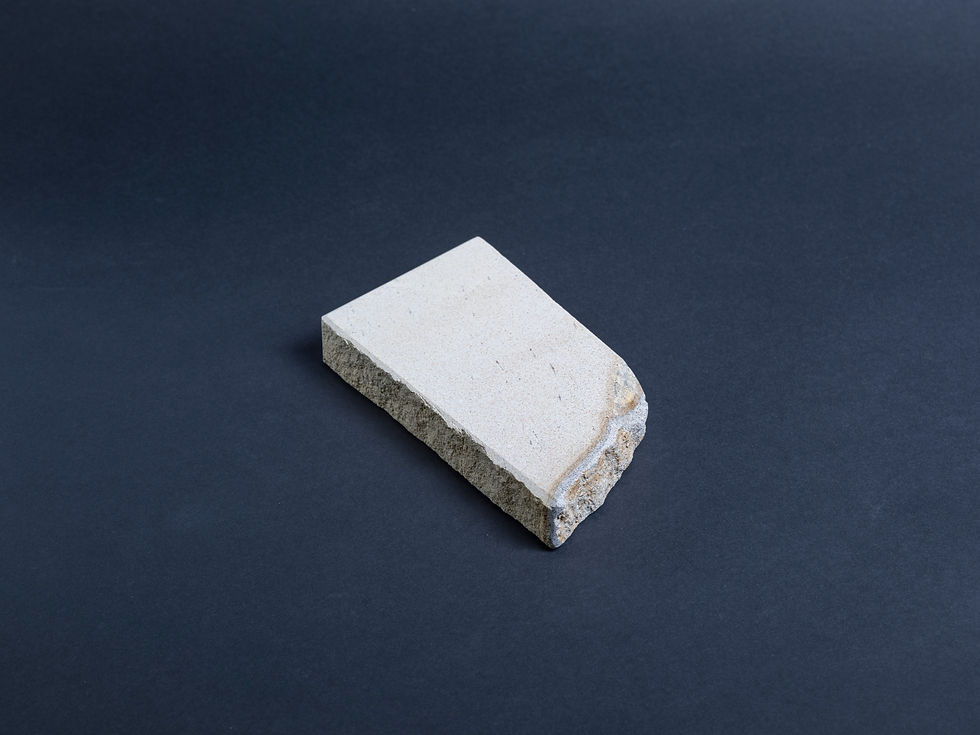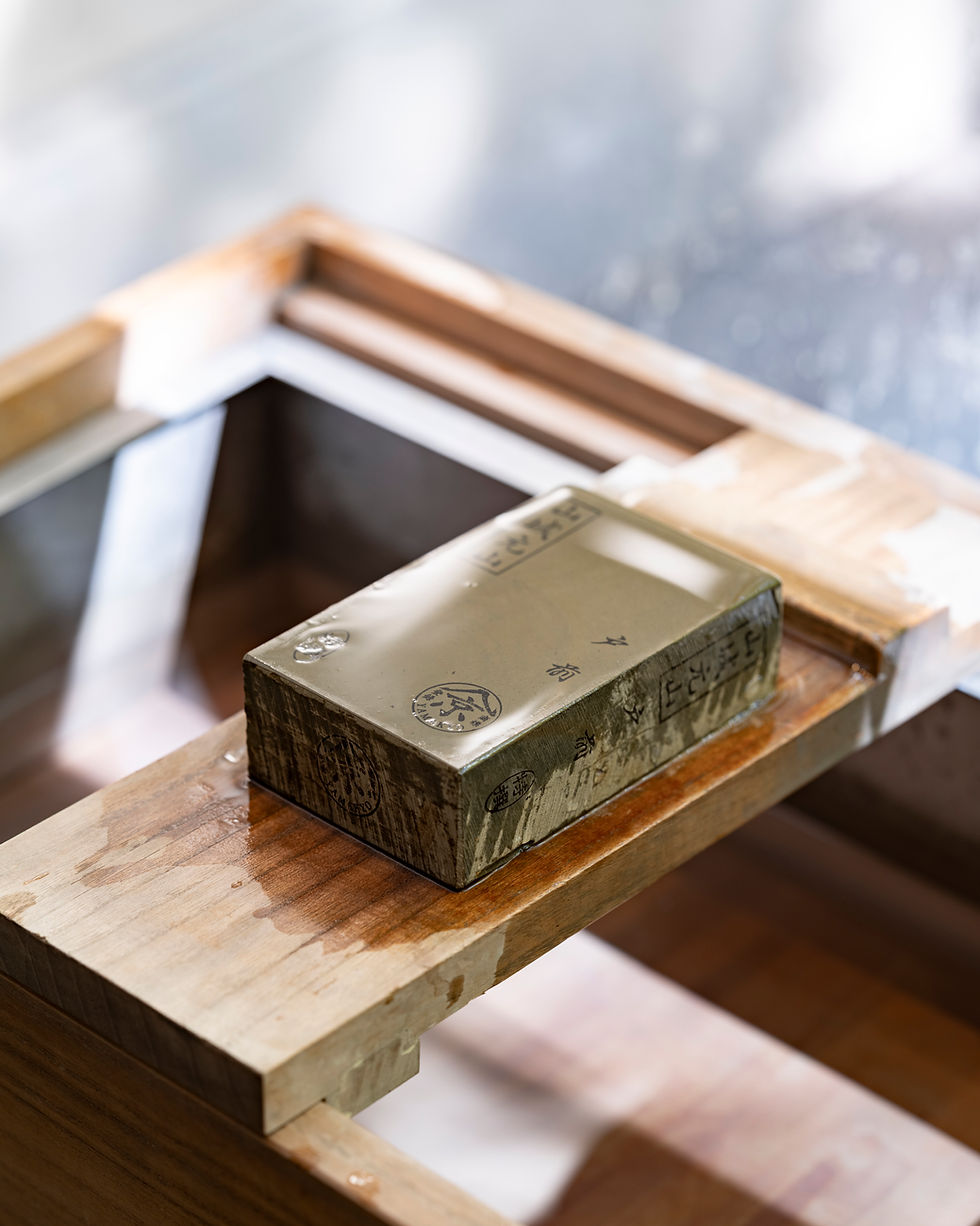Knife usuba azuma-gata
Steel: White 2 (carbon steel)
Handle: magnolia wood
This knife can be ordered in another steel (white2, blue1, ginsan and VG10 stainless steel) and/or another size.Ask us for a quote!
Usubaliterally means thin blade and it is the thinnest of traditional knives. This is the vegetable knife for Japanese cuisine, for peeling or mincing and particularly for cutting thekatsura-muki, which consists of cutting an often cylindrical piece of vegetable into an (ultra) thin slice in a continuous rotational movement. This is allowed by an absolutely straight thread.
There is another form of usuba called kama-gata. Unlike the azuma-gata, it is rounded on its back and offers a point. Usage remains the same.
An exceptional cutting edge
The blade of this knife is made of forged carbon steel (shirogami 2 or white steel 2 type), it is a very pure steel, with a low chrome content. Its very high hardness (61-64HRC) gives it a lasting edge and the fact that it is forged (and not simply cut into its shape) allows for more refined sharpening. This steel is very low in chromium content, so it will be very sensitive to humidity and other oxidizing agents. Wash the knife as soon as possible after use and dry it thoroughly. Store in a dry place.
The handle is made of magnolia wood, soft and light, it is the traditional wood for kitchen knife handles . It is naturally antiseptic and water resistant.
The bolster at the top of the handle is in buffalo horn. Black in most cases, it can be ocher, marbled or all white more rarely.
This knife was forged, sharpened and assembled in the tradition of Japanese cutlery specific to Sakaï (Osaka prefecture), the cradle of Japanese knives.
We work closely with the craftsmen and distributors of our products, do not hesitate to contact us if you have questions!
Usuba knife (Azuma) 21cm White steel2 with sheath
Care advice
Care advice:
The blade is made of "stainless" steel, (Gin-san steel) but it should be understood as a steel that is only more resistant to oxidation, because all knives are in fact oxidizable.
Must therefore wash and dry knives as soon as possible after use.
The knife (blade and handle) washes by hand with dishwashing liquid and an ordinary sponge, then wipe with a towel.
Never dry with hot air. Do not machine wash.
Keep the knife in a dry place.
Avoid hard foods. For hard vegetables (pumpkin type), or foods that may contain bones or bones, keep a special knife at home, thicker or at the end of its life, a knife that is not afraid of being a little chipped.Reserve your good knives for safe cuts.
Sharpening or honing:
No knife is eternal,they all need to be sharpened at one point. And it is up to each user to determine when it no longer cuts enough and therefore needs to be sharpened. Do not expect too much once it cuts less well, the more it will be worn the longer it will take to repair. Avoid the use of the rifle, prefer sharpening on stone.
To learn or improve stone sharpening,we offer workshops this way!
For any other information, write to us in the contact box.

































